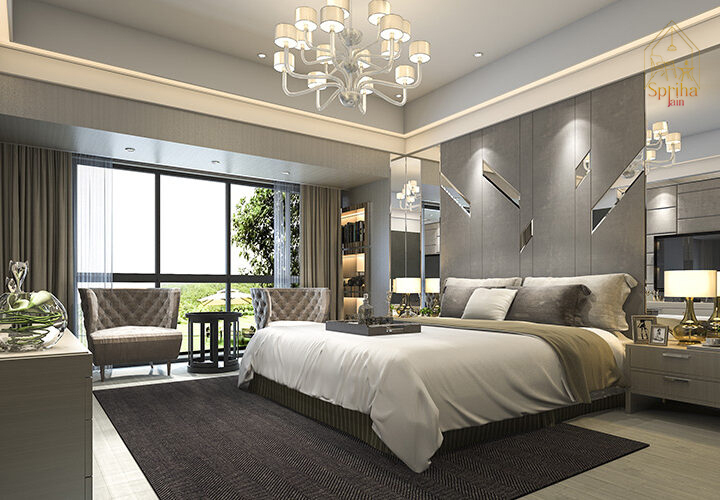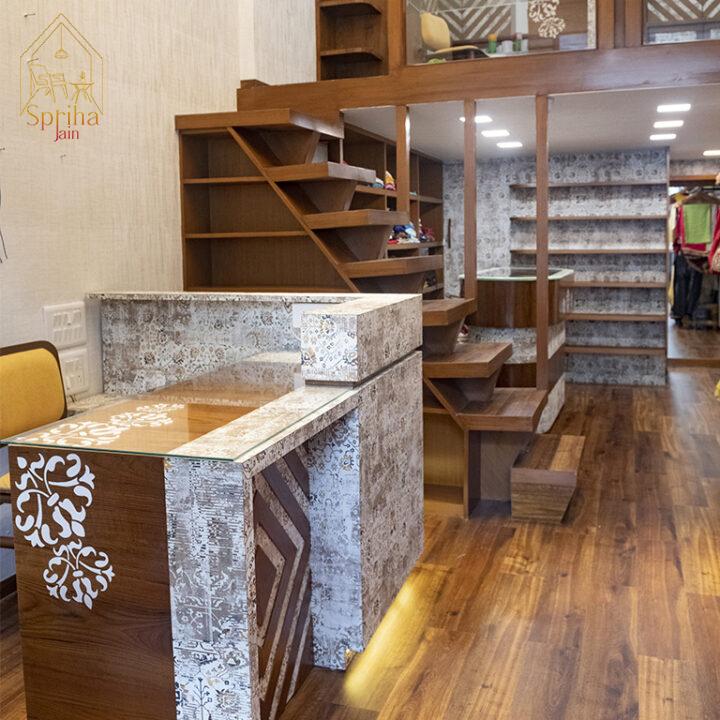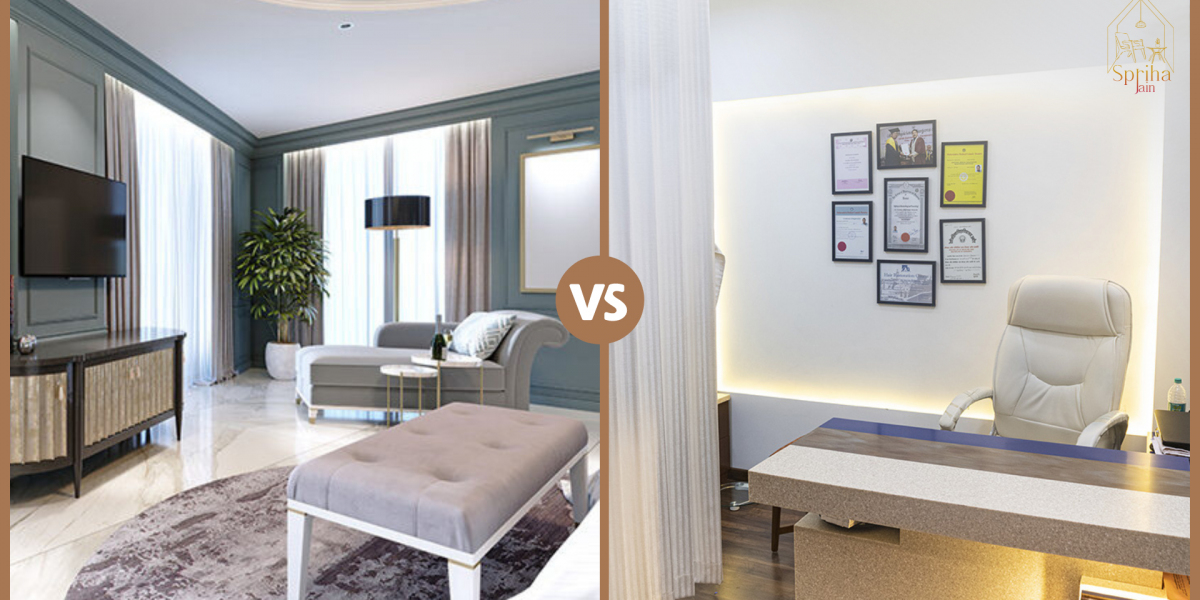When it comes to designing interiors, residential spaces take a very different approach than workplaces. Whether transforming a house into a comfy place or making a corporate place useful and efficient, understanding the unique focus of each is critical for creating the ideal setting. Here's a closer look at the differences between residential and commercial interior design, explained by the best interior designer in Kandivali.
Residential Interior Design: Creating Comfort and Personality
Residential interior design is all about creating an environment that feels like home—warm, inviting, and customized to the homeowner's preferences. The idea is to design living spaces that are comfortable and functional while also reflecting the people who live in them. From the living room to the bedroom, each piece of a home's design is tailored to the residents' lifestyle and interests.

Key Focus Areas:
- Personal Style: Residential spaces are created to reflect the tastes and personalities of their owners. The design is extremely individualized, whether in terms of color palettes, textures, or furnishings.
- Comfort and Coziness: A home should be comfortable and relaxing. Residential design frequently features soft materials, warm lighting, and furniture that promotes comfort and relaxation.
- Functionality for Daily Life: While style is vital, a home's design must also be practical for daily use. Spaces are designed to facilitate daily routines, from cooking in the kitchen to relaxing in the living area.
Residential interior designers work to make homes both functional and beautiful, ensuring that every corner seems welcoming and tailored to the homeowner's preferences.
Commercial Interior Design: Efficiency and Branding.

Commercial interior design, on the other hand, prioritizes functionality, branding, and accommodating multiple users. Whether it's an office, restaurant, or retail space, the design must satisfy the practical needs of the business while also representing the corporate identity. Commercial spaces are frequently high-traffic locations, so they must be long-lasting, easy to maintain, and efficiently designed.
Key Focus Areas:
- Professional Look and Feel: Commercial areas should project a professional, polished image. Whether it's a modern office or a fashionable retail store, the design should reflect the brand's tone and ideals.
- Brand Consistency: Commercial interiors are frequently an extension of a company's brand, so every design decision—from color schemes to furniture—must reflect the company's identity.
- Functionality for Many People: Commercial spaces, unlike households, must serve a bigger number of people. The layout and design should promote productivity, customer flow, and simplicity of use for both employees and visitors.
Commercial design focuses on providing a practical setting that improves the user experience and matches with the company's objectives.
Key Differences Between Residential and Commercial Interior Design
While both residential and commercial interior design seek to create useful and appealing rooms, their aims diverge significantly.
- Residential design: prioritizes individual comfort, style, and warmth. Every element is tailored to the homeowner's wants and preferences, with a focus on creating a peaceful, comfortable environment.
- Commercial design: draws attention to efficiency, branding, and utility for a diverse range of users. The design must reflect the company's brand while also accommodating actual business needs.
Blending both worlds.
In certain cases, residential and business design principles overlap. For example, home offices must combine the comfort of a household setting with the functionality of a professional workspace. Similarly, many modern offices add home-like characteristics to make it more comfortable and welcoming for staff and guests
CONCLUSION:
Understanding the difference between residential and commercial interior design is crucial for attaining optimal outcomes, whether designing a home for comfort and flair or a workspace for productivity and branding. Spriha Jain provides outstanding skills in both residential and commercial design. As a top interior designer in Kandivali, Spriha Jain is committed to creating places that are functional, elegant, and personalized to your specific requirements.
Learn more about Spriha Jain's interior design services and see her portfolio on her website to get inspired to upgrade your home!









